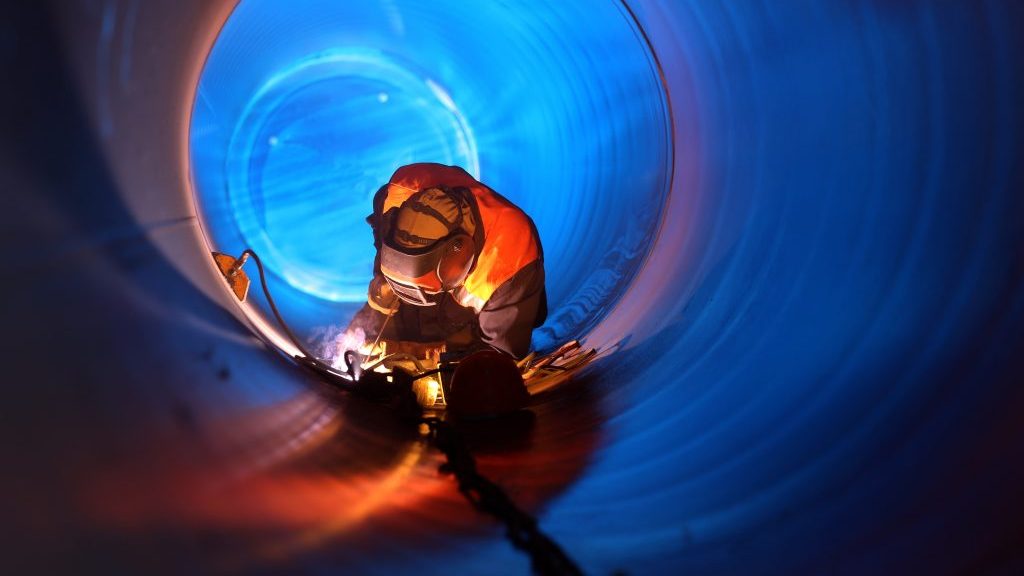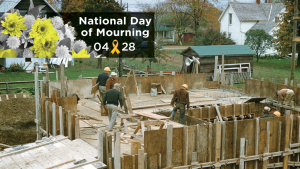RICHMOND, B.C. — WorkSafeBC has issued a new safety bulletin concerning a steady rise in hearing loss in British Columbia’s oil and gas industry.
Hearing test data collected by oil and gas drilling sector employers over the last five years indicates the number of workers suffering from noise-induced hearing loss (NIHL) has gone up from 33 per cent in 2012 to 45 per cent in 2017, a rise of 12 per cent.
Out of 294 workers in the oil and gas industry with NIHL, 65 per cent were under age 35.
By contrast only 13 per cent of workers in other noisy industries tested NIHL positive in 2017.
“There are a number of reasons why workers may be diagnosed with noise-induced hearing loss even though they are wearing some form of hearing protection,” WorkSafeBC occupational audiologist Sasha Brown said in a statement. “The earplugs or earmuffs might be the wrong size, inserted or worn incorrectly, not worn for long enough, or they may not be providing enough protection for the duration and intensity of noise exposure.”
But the news isn’t all bad. The percentage of workers who reported wearing a hearing protection device has also increased from 94 to 98 per cent.
Foam earplugs, also called “A plugs,” are the most commonly used form of hearing protection.
WorkSafeBC recommends that employers ensure all their workers wear sufficient hearing protection that fits correctly and that workers understand how to use and wear protection.
It also emphasizes the importance of workers wearing correct hearing protection prior to entering noisy areas and until after leaving those areas.
Employers should also identify potential engineering controls to mitigate risk of exposure, as well as rotate workers so they spend less time in noisy environments. Regular hearing tests are also recommended.
B.C. Occupational Health and Safety regulations and guidelines, a WorkSafeBC release stated, said “employers are required to provide hearing-loss prevention programs, monitor noise levels and conduct annual hearing tests for workers exposed to hazardous noise levels to prevent permanent hearing damage.”
WorkSafeBC has additional online resources on NIHL, including a document on a guide to choosing a hearing conservation program, a document on the correct use of foam earplugs and a video.











Recent Comments
comments for this post are closed